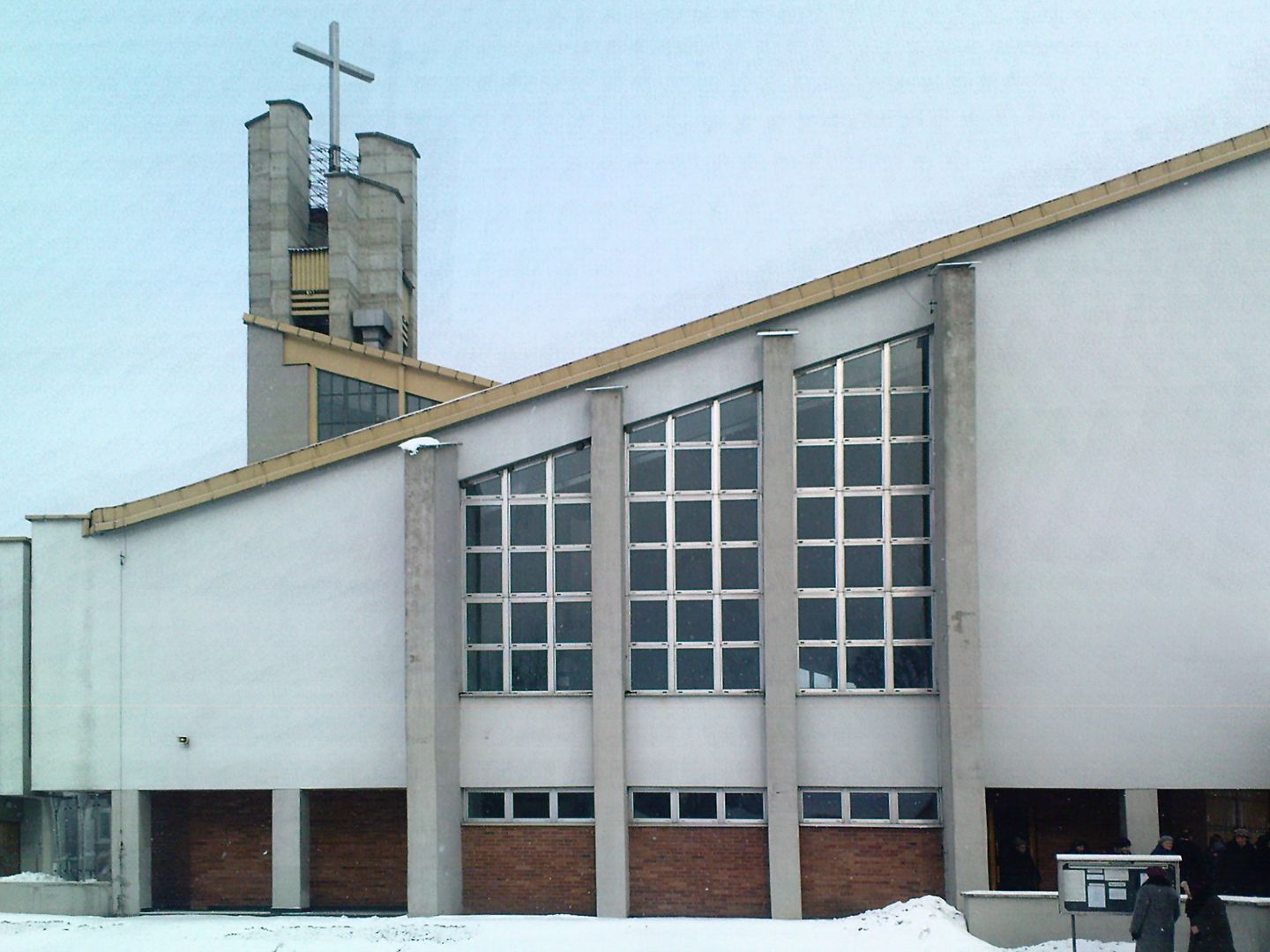Libusza
6.03

Overview
Libusza is a village in the Lesser Poland Voivodeship, in Gorlice County, known for its rich history and interesting monuments. Tradition holds that its name comes from Princess Libuše, the legendary founder of Prague, and the settlement appears in historical records as early as 1343. In 1348, King Casimir the Great granted permission to establish the village on the Lubus River, and it became part of the royal estates. In 1361, a rector of the church in Libusza was recorded, indicating the early development of religious life. The village gained prominence during the 16th century, becoming a center for flax and hemp cultivation and the weaving industry. Libusza is home to the historic Church of the Nativity of the Blessed Virgin Mary, which is listed on the Lesser Poland Wooden Architecture Trail. Although the original 16th-century building burned down in 1986, it was rebuilt but suffered another fire in 2016. Other historical monuments in the village have been preserved, such as the rectory stable and roadside chapels. The local culture is enriched by the activities of the parish and the development of infrastructure, including new facilities like a school and a sports hall. In the second half of the 19th century, Libusza became a significant center for the oil industry with the emergence of the first oil mines. Count Tadeusz Skrzyński established an oil refinery, which was eventually taken over by the Swedish company "Standard Nobel." In 1937, a strike took place to defend jobs, reflecting the local community's engagement in economic issues. Situated in the valley of the Ropa River and the Libuszanka Stream, Libusza is known not only for its history but also for its beautiful surroundings, making it an interesting destination for both tourists and residents.
Location
You can also find here:
2025 Wizytor | All Rights Reserved
